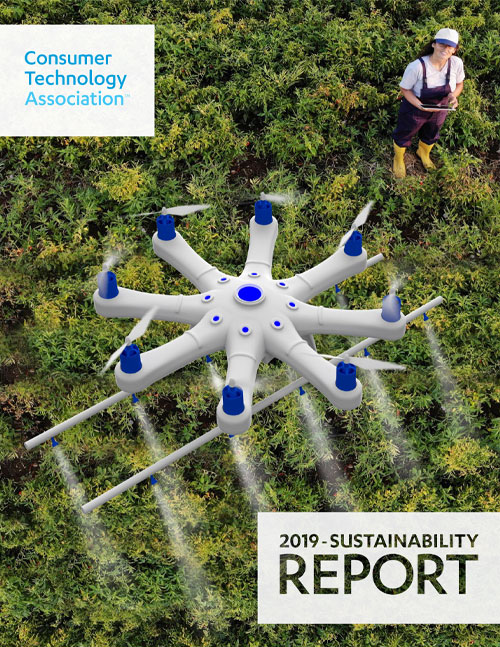Using Safer
Substances

Materials make products durable and reusable. For product design, chemistry and engineering must go hand in hand to balance usability with safety and sustainability. And many technology companies continue to use science to inform their design decisions.
Apple
While most technology companies have a supplier code today that mandates exclusion of restricted or known toxic substances, forward-looking companies are adopting even more stringent standards when it comes to certain substances’ environmental impact. Apple, for instance, screens all its materials with comprehensive risk assessment tools and collects comprehensive chemical data for over 75% by mass of all its new iPhone, iPad and Mac products. In 2018, Apple graduated 50 supplier facilities from its Chemicals Management Program and reported 100% compliance by suppliers’ final assembly sites in adopting safer cleaners and degreasers.
Samsung
Samsung, which set up a self-monitoring system and built a lab for analyzing environmentally sensitive substances and volatile organic compounds (VOCs) in 2005, continues to make strides with elimination as well. Samsung voluntarily formulated reduction plans for the use of not only restricted substances, but also potentially environmentally sensitive ones such as polyvinyl chloride (PVC), brominated flame retardants (BFRs), beryllium and antimony. A prime example is its QLED television line, which features cadmium-free Quantum Dot technology, something that had been impossible to remove in earlier technologies without sacrificing energy efficiency.

